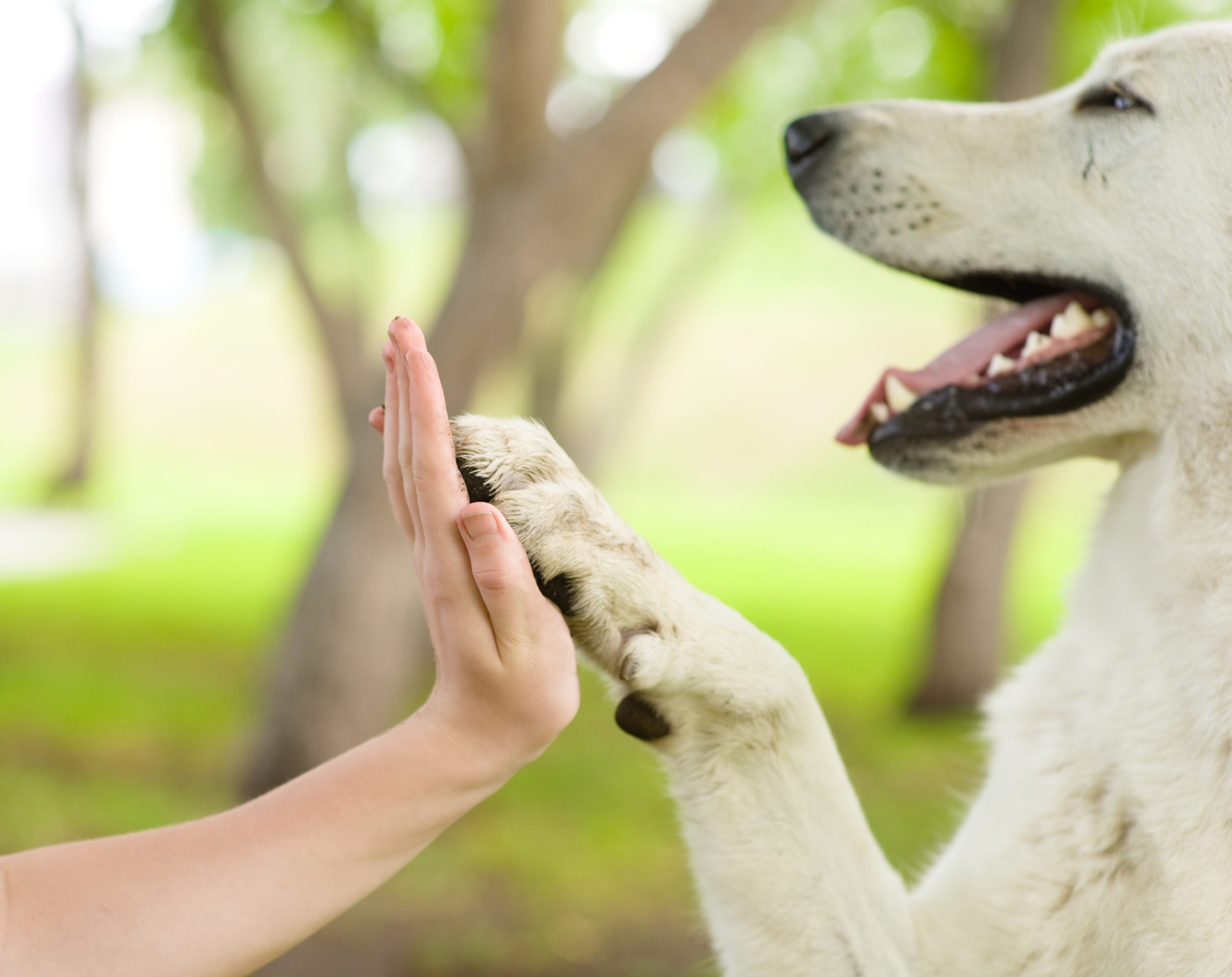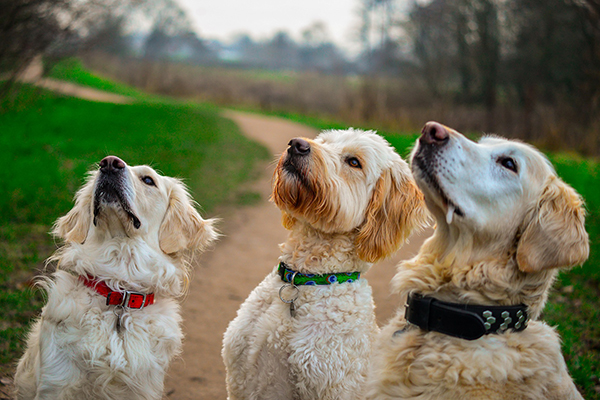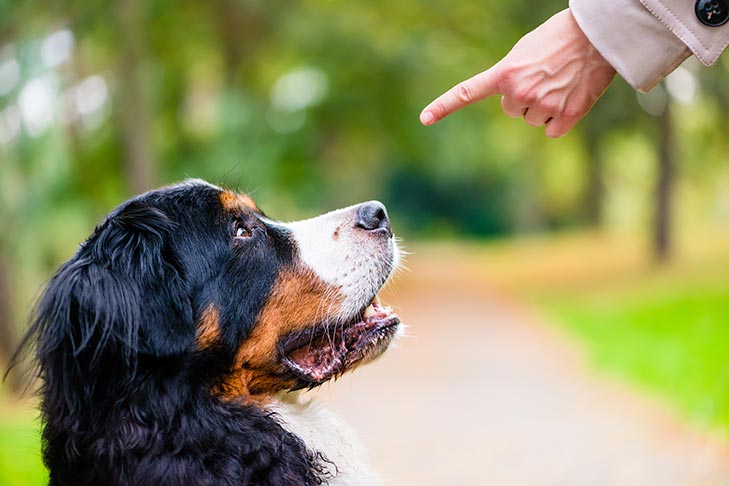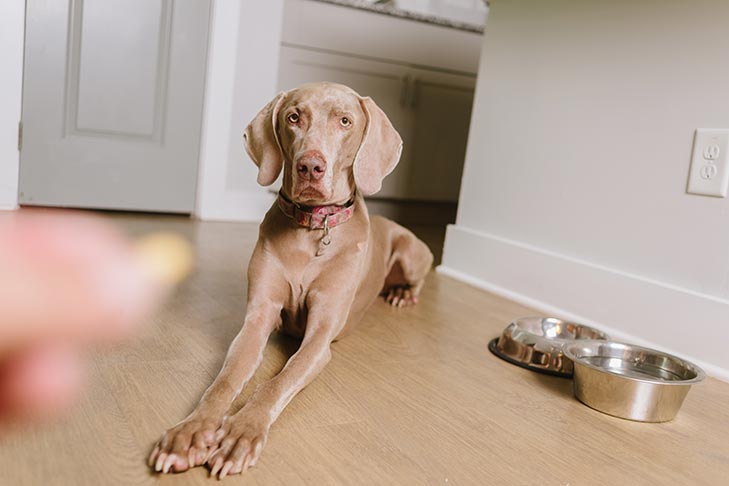How to Completely Train Your Dog Using a Variety of Positive Reinforcement Techniques

How to Completely Train Your Dog Using a Variety of Positive Reinforcement Techniques
This article will discuss how to train your dog using a variety of positive reinforcement techniques. These techniques include Play, Praise, and Repetition. Use these methods to teach your dog new tricks. They work wonders for many dogs. Read on for more information! After reading this article, your dog will be well on his way to obedience training! Try one or all of them today! And don’t forget to share your training techniques with friends and family!
Positive reinforcement:
Although you may have heard of negative reinforcement in human behavior, it is not the same as positive reinforcement. Positive reinforcement uses treats and attention as rewards to encourage desired behavior. This training method is very effective if you use patience and consistency. Your dog will learn what you want from him by being rewarded for good behavior. Read on for more information about how positive reinforcement can benefit your dog. Here are some tips for successful training. Positive reinforcement for dog training is a good way to make your dog feel good about himself.

Positive reinforcement
Dogs learn best when they are given a treat or praise for a good behavior. People and pets love rewards, so it makes sense to give your dog something whenever it does well. Dogs learn at different rates, so it’s important to use positive reinforcement consistently and in predictable ways. You’ll need to use treats in a way that they’ll find irresistible. Positive reinforcement for dog training is one of the most effective methods for training puppies.
The best way to use positive reinforcement for dog training is to make the session fun for both you and your dog. Be sure not to force your dog to perform the activity. Never drag your dog on a leash or force him to sit or lie down. Otherwise, it’s unlikely that he will learn anything at all. Try to read your dog’s cues to determine if he’s having fun with the skill building session. If he seems eager to get his next treat, he’s probably having a good time.
Repetition:
When it comes to dog training, repetition is key. Repetition burns neural pathways in the dog’s brain, making the behavior more ingrained over time. Therefore, the more you repeat an exercise, the easier it will be to correct the behavior. However, there are times when repetition is not the best approach. Here are some times when repetition is the best option. Read on to learn how repetition can work for you.
Repetition also reinforces negative behavior. Using the same cue repeatedly can cause the dog to associate the command with a negative emotion. If this is the case, rename the command. Your dog’s hearing is four times greater than ours. Using a neutral word or phrase when cueing your dog is a better strategy. Remember, a dog’s brain processes information faster than human hearing, so it’s a good idea to use a neutral name whenever possible.
Another important factor to consider when repetition is a part of dog training is the duration. The longer a behavior lasts, the harder it is for the dog to master. While some behaviors can be learned in as little as two repetitions, others require multiple attempts to get the desired result. For new behaviors, start small and work your way up, building the duration a second at a time. That way, your dog will get used to the idea.
Play:
If you have ever wondered how to completely train your dog by playing, here are some tips for successfully accomplishing your goal. One of the easiest ways to train a dog is through play. Playing with your dog helps you develop their natural instinct to seek out objects. One of the easiest ways to do this is by hiding a favorite toy for them to find.
The toy can be hidden in places that are easy to access at first, then gradually extending the game to places they cannot reach. In the process, your dog will learn to use its nose to find the toy.If you can’t find a hiding place, use someone else’s toy. Your dog has to believe that the toy is “hidden” before it will come out. You can also hide the toy in plain sight, then slowly work your way up to more challenging “hides.”
Praise:
Using praise as part of dog training can have a variety of benefits. Not only will it give your dog the attention it craves, but you’ll also reinforce the positive behavior you want to see in your dog. But like any other form of positive attention, praise can also have its downsides. When used too often, praise can become insincere and your dog will soon begin to feel cheated. Listed below are some ways to make sure your dog receives positive attention without putting too much pressure on your time or energy.
Give praise immediately after your dog performs a desired behavior. Praise should be consistent, but it should be consistent, as dogs have limited short-term memories. If you give a reward slowly, your dog will associate it with sitting on command. If you give praise slowly, you’ll confuse the behavior with the reward. If you give praise too late, your dog will associate sitting on command with a positive reinforcement.
Use treats or special food as rewards when your dog performs a new behavior. These are two of the most common forms of positive reinforcement. But you shouldn’t go overboard and become a self-conscious cheerleader. Instead, use praise as a reward when your dog reaches a milestone in a training session. It’s essential to make your dog feel good, but avoid giving too much praise too soon.
Repeating commands:
When you’re training your dog, one of the most important steps is to be consistent. If your dog is taking too long to respond to your commands, repeating them will only reinforce the bad behavior and lead to cue nagging. Cue nagging occurs when you don’t get your dog’s attention immediately, such as when you say “come.” It will also create distractions and make your dog less likely to respond when you do call out to it.
Besides avoiding the risk of confusion, repetition is also important to train your dog to understand your command. Your dog’s hearing is four times sharper than yours, so he’ll misunderstand your command before he fully understands it. This is why you should rename commands as you teach them. Also, try using different names for the same command when you train your dog. This way, he’ll associate the command with a positive emotion instead of a negative one.
Remember that your dog understands your commands by listening to your body language. Repeated commands help him associate the command with the expected behavior. Dogs learn through repetition, and they love routine and consistency. Having inconsistent training is a recipe for disaster. Even worse, you’ll end up with a poorly behaved dog in the long run. So, if you’re trying to train a dog, it’s important to follow the rules of karma.
Obedience exercises:
Obedience exercises are important for any breed of dog. High-energy breeds, like pugs and labs, require both physical and mental stimulation. Aside from basic commands, you can also work on more advanced training techniques such as heeling, sit, and come. After all, no dog is smarter than its owner. And if you want to spend quality time with your pet, obedience exercises are a good way to do that.
Staying put is another exercise that teaches dogs self-control. Most puppies and high-energy dogs find staying still more challenging than staying in place. In addition to being a useful command, staying put is also a good way to keep your pup safe if he’s always curious about something. Use books, broomsticks, and toys to create an obstacle course. If your dog does a good job of staying put, it’ll be rewarded with treats when he ignores other items in his environment.
Depending on the level of difficulty you’re looking for, there are many types of obedience exercises to choose from. The first, known as “Sit Stay” demonstrates how well your dog is able to stay in a certain position. Afterwards, the second exercise, called “Signal Exercise,” requires your dog to respond to a hand signal, such as “Sit.” The next exercise, “Drop on Recall,” tests a dog’s ability to jump and stay in a down position until the handler comes back.
Treats:
Using treats in dog training can be advantageous in many situations. These rewards are easy to give your dog, allowing you to get multiple repetitions in a short amount of time. These rewards are particularly important when you’re first introducing cues and practicing in a group setting. For example, tugging every time you call your dog will take much longer than rewarding him with a small treat. Treats are also a convenient way to reward a dog after a successful follow-through.

Treats
In addition to helping you train your dog, using treats is also an effective way to reinforce positive behavior and accelerate training. Treats have a special place in a dog’s mind. They let the dog know that she’s done a good job. Always use treats as a reward and not as a punishment. The Association of Pet Dog Trainers recommends using rewards to teach your dog new behaviors. But you must remember to keep in mind that giving too many treats to your dog can lead to obesity and other problems. So, it is very important to provide only a small amount of treats to your pet. It’s also important to encourage your dog to eat healthy.
To get the best results with dog training, you need to know when to offer the treats and at what rate. Unlike bribery, using food rewards as rewards is a natural way to reinforce desired behaviors. Treats should be offered after the desired behavior, or else the dog won’t be motivated to repeat the behavior. So, make sure to use a treat that will be highly motivating for your dog. There are plenty of ways to use treats to train your dog.













